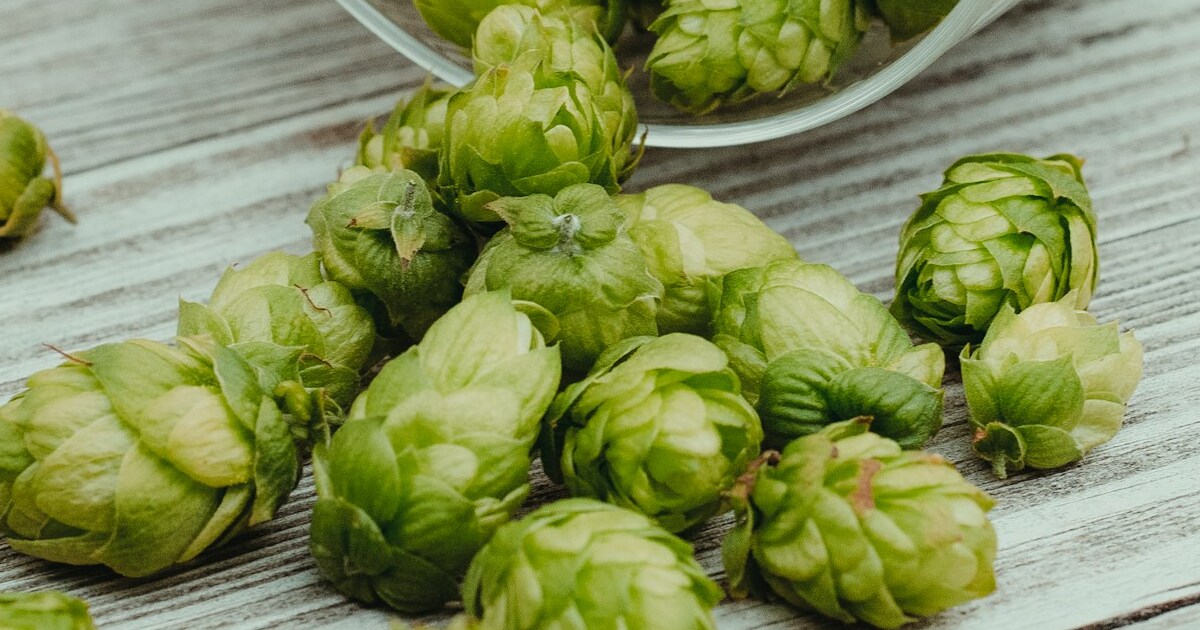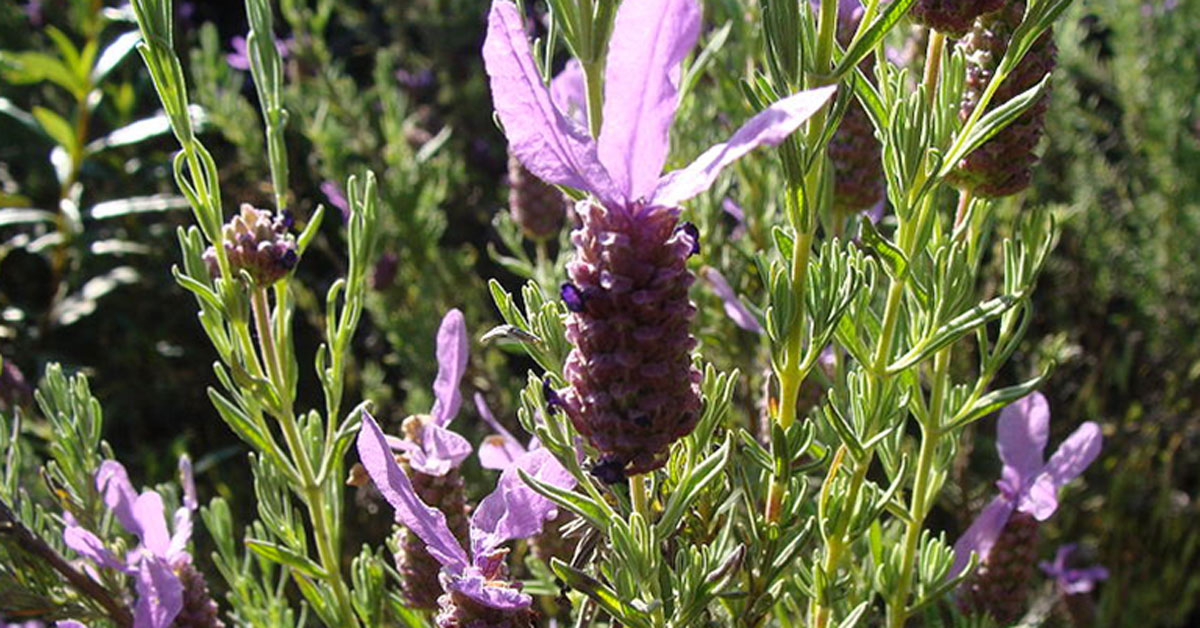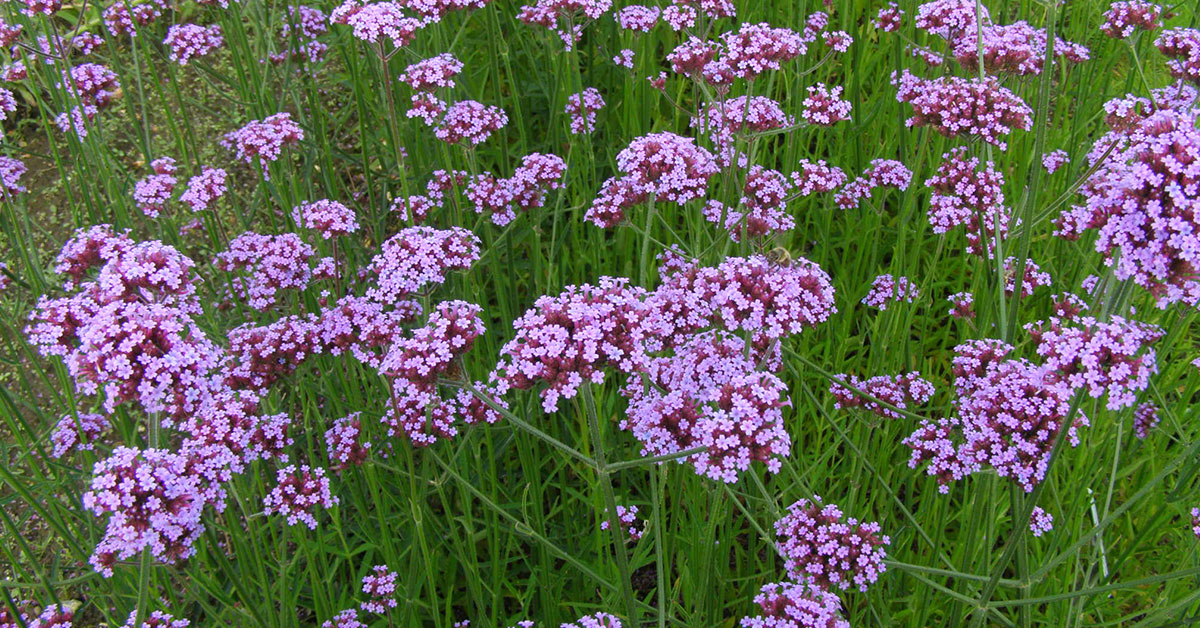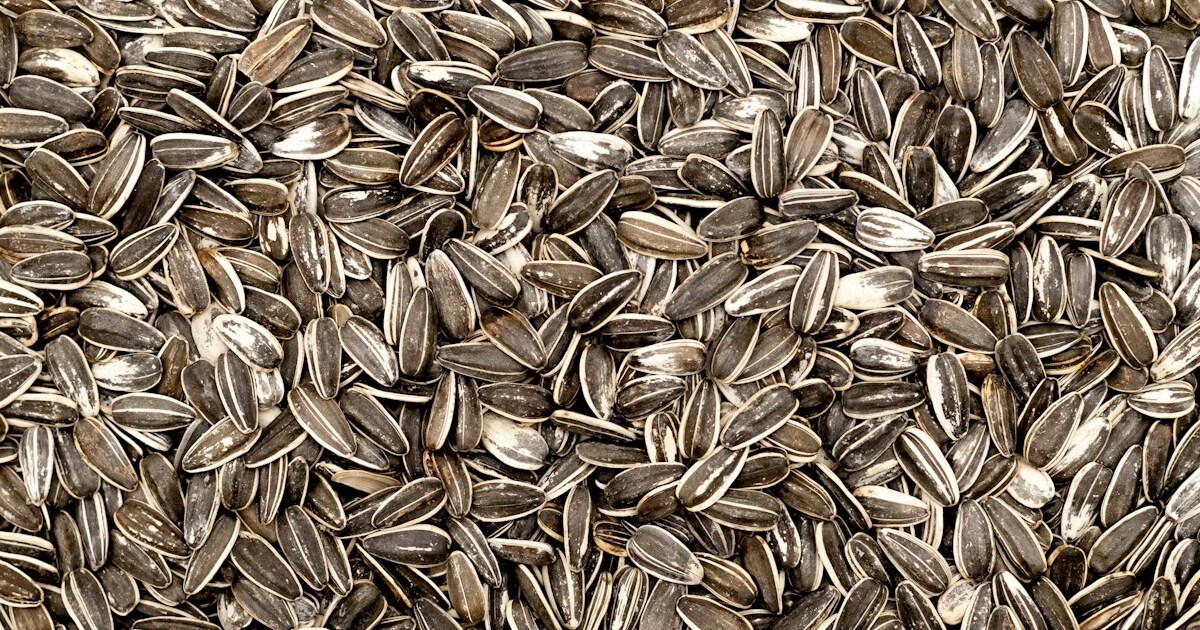Welcome to the world of watermelons! If you’re a gardening enthusiast in New Zealand, you may be wondering when is the best time to plant these juicy, refreshing fruits in your garden. Watermelons (Citrullus lanatus) thrive in warm climates, and luckily, the Land of the Long White Cloud offers just the right conditions for their successful growth. With its temperate climate and long, sunny summers, New Zealand provides an ideal environment for cultivating watermelons. In this article, we will explore the optimal timing for planting watermelons in New Zealand, taking into consideration the different regions of the country and the specific requirements of this delicious fruit. So, get ready to dig in and discover when to sow your watermelon seeds for a bountiful harvest!
Best varieties of Watermelon to grow in New Zealand
In New Zealand, the climate is generally mild and temperate, which is suitable for growing watermelons. Here are a few varieties that tend to perform well in New Zealand conditions:
- ‘Sweet Dakota Rose’: This variety is known for its excellent flavor and high sugar content. It produces medium-sized, oblong fruits with dark green skin and sweet, crisp, red flesh.
- ‘Sugar Baby’: This is a popular variety that produces small to medium-sized round fruits. It has a thick, dark green rind and sweet, juicy, red flesh. ‘Sugar Baby’ is an early maturing variety, making it suitable for cooler regions or areas with shorter growing seasons.
- ‘Crimson Sweet’: This variety produces large, oval-shaped fruits with a light green rind and dark green stripes. The flesh is deep red, crisp, and very sweet. ‘Crimson Sweet’ is a mid-season variety that performs well in warmer regions.
- ‘Moon and Stars’: This heirloom variety is known for its unique appearance, with dark green skin speckled with yellow spots resembling stars and a large yellow spot resembling a moon. The flesh is sweet and juicy. ‘Moon and Stars’ is a late-maturing variety that requires a longer growing season.
- ‘Blacktail Mountain’: This variety is specifically bred for cooler climates and shorter growing seasons. It produces small to medium-sized round fruits with a dark green rind and sweet, red flesh. ‘Blacktail Mountain’ is an early maturing variety that can tolerate cooler temperatures.
Remember to provide your watermelon plants with full sun, well-drained soil, and regular watering. Additionally, using mulch around the plants can help retain moisture and suppress weed growth.
When to plant Watermelon in New Zealand
The best time to plant watermelon in New Zealand is during the warmer months of spring and summer. Watermelons are warm-season crops that require a long growing season with plenty of sunlight and heat. In most regions of New Zealand, it is recommended to sow watermelon seeds or transplant seedlings after the last frost date, which is typically in early to mid-spring.
To ensure successful growth, it is important to wait until the soil temperature has warmed up to at least 18°C (64°F) before planting watermelon seeds or seedlings. This usually occurs around October or November in most parts of the country. Planting too early when the soil is still cool can lead to poor germination and stunted growth.
Additionally, watermelons require well-draining soil and a sunny location to thrive. It is advisable to prepare the soil by adding organic matter, such as compost, to improve its fertility and drainage. Watermelons also need regular watering, especially during dry periods, to ensure consistent growth and fruit development.
Overall, the best time to plant watermelon in New Zealand is during spring, once the soil has warmed up and there is no longer a risk of frost.
When to harvest Watermelon in New Zealand
Watermelons are typically harvested in New Zealand during the summer months, specifically from January to March. The exact timing of the harvest will depend on the specific variety of watermelon you are growing and the local climate conditions.
To determine if a watermelon is ready for harvest, there are a few indicators to look for. Firstly, check the color of the skin. The skin should have a deep, uniform color. For most varieties, this will be a dark green or yellowish-green color. Additionally, the underside of the watermelon should have a creamy or yellowish color, indicating ripeness.
Another important factor to consider is the sound the watermelon makes when tapped. A ripe watermelon will produce a deep, hollow sound when tapped, while an unripe one will produce a dull thud.
Lastly, check the tendril closest to the watermelon stem. When this tendril turns brown and dries up, it is a sign that the watermelon is ripe and ready to be harvested.
Remember to handle the watermelons carefully during harvest to avoid damaging the fruit. Enjoy your homegrown watermelons!
Other considerations
When growing watermelon in New Zealand, there are several important considerations to keep in mind:
- Climate: Watermelons thrive in warm and sunny conditions. In New Zealand, it is best to grow watermelons in regions with a long, hot summer, such as Northland, Auckland, Waikato, Bay of Plenty, and parts of Hawke’s Bay and Gisborne. If you live in a cooler region, consider growing watermelons in a greenhouse or using protective covers to create a warmer microclimate.
- Soil: Watermelons prefer well-draining soil with a pH level between 6.0 and 7.0. Before planting, prepare the soil by adding organic matter, such as compost or well-rotted manure, to improve fertility and drainage. Avoid heavy clay soils that can retain too much water and cause root rot.
- Watering: Watermelons have high water requirements, especially during hot and dry periods. Provide consistent and deep watering to keep the soil evenly moist, but avoid overwatering, as it can lead to root diseases. Mulching around the plants can help retain soil moisture and suppress weed growth.
- Pollination: Watermelons require pollination for fruit set. Bees are the primary pollinators for watermelon plants. To attract bees to your garden, plant flowers that are rich in nectar and pollen, such as lavender, sunflowers, and borage. Avoid using pesticides that can harm bees.
- Spacing: Watermelon plants need ample space to spread out and produce large fruits. Allow at least 1.5 to 2 meters between plants and 2 to 3 meters between rows. This spacing ensures good air circulation, reduces the risk of diseases, and allows the vines to grow without crowding.
- Trellising: While watermelon plants are typically grown on the ground, trellising can be beneficial in New Zealand’s cooler regions. By training the vines to grow vertically on a trellis or support structure, you can maximize sunlight exposure and create a warmer microclimate around the plants.
- Pest and disease control: Watermelons can be susceptible to various pests and diseases, such as aphids, cucumber beetles, powdery mildew, and fusarium wilt. Monitor your plants regularly and take appropriate measures to control pests and diseases, such as using insecticidal soaps or organic pesticides. Crop rotation and good garden hygiene can also help prevent the buildup of diseases in the soil.
- Harvesting: Watermelons are ready for harvest when the underside of the fruit turns yellow or cream-colored, the skin becomes dull, and the tendril closest to the fruit dries up. Give the watermelon a gentle tap – if it sounds hollow, it is likely ripe. Harvesting too early can result in tasteless fruit, while leaving them on the vine for too long can lead to overripeness and reduced flavor.
By considering these factors, you can increase your chances of successfully growing watermelons in New Zealand.














